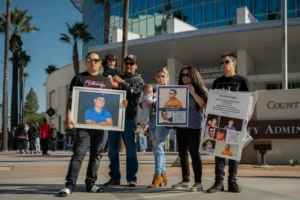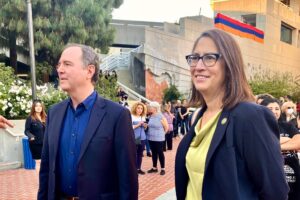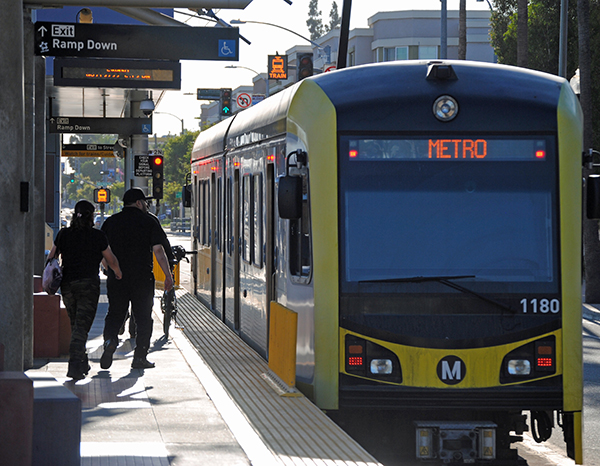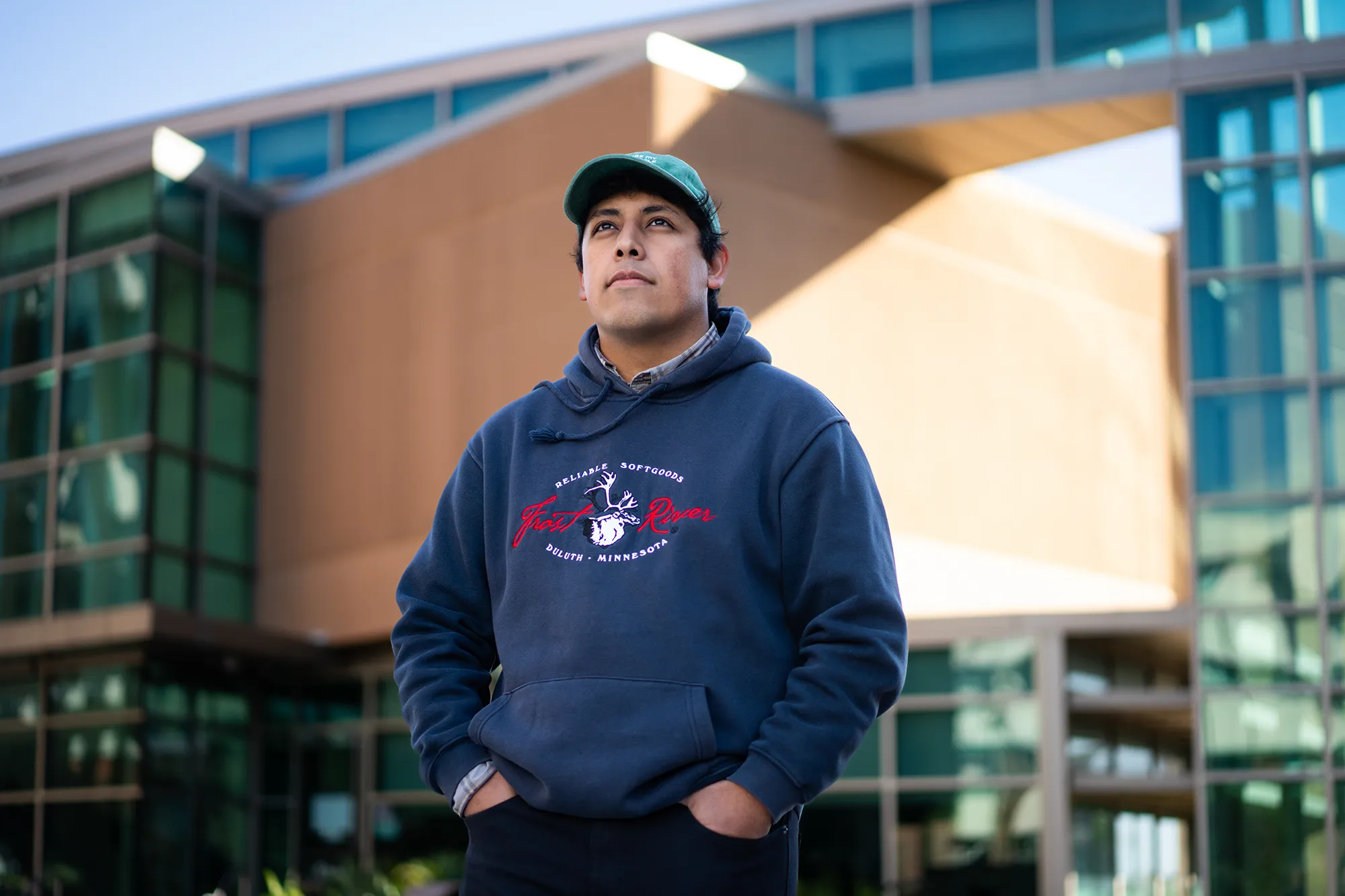By Alfredo Santana
Contributing Writer
LOS ANGELES — A long-awaited environmental impact report released by the Metropolitan Transportation Authority on three alternative projects to extend the light rail L Line from East Los Angeles to Whittier excluded traffic data from the COVID-19 period.
Jaime Guzman, senior project manager of transit infrastructure with the consulting firm AECOM, said that the environmental report covers traffic counts from 2019 at busy intersections within the projected L-Line extension path, the year the call for the report was issued.
He underscored that the data in the report is complete, and explained that traffic fluctuations in 2020 and 2021 rendered those numbers unreliable for the draft.
“Typically, you want to use the most current traffic count,” Guzman said. “We did not use the 2020 and 2021 data because the traffic patterns changed a lot during the pandemic. That was the only data people could have asked.”
In a video posted on the Eastside Transit Corridor Phase 2 project website days before the draft report was released for public comment on June 29, Guzman said the document skipped data recorded during 2020 and 2021.
The 60-day period for review and public comment on the draft report will conclude on Aug. 29.
The initial environmental draft dissects three proposed alternatives and the impact on traffic at major cross streets, commercial zones and projected carbon dioxide emission during estimated timeframes for construction.
Guzman said that the draft document was released in compliance with the California Environmental Quality Act provision that requires public agencies to consider the environmental impact of their actions.
Formerly known as the Gold Line, the L Line’s East Los Angeles section runs from downtown Los Angeles to the intersection of Atlantic Boulevard and East Third Street.
According to the 1,012-page environmental report, the MTA also evaluates a no-build option with adjoined projects to ease traffic congestions and improve mobility in the area.
Alternative 1 considers building a nine-mile extension with a combination of underground, aerial and ground-level railways from Atlantic Boulevard, running south to join Washington Boulevard in Commerce, and then moving east to Lambert Road in Whittier.
That alternative would include seven stations, and calls for tearing down the street level terminus at Atlantic Boulevard and converting it into an underground station.
The report indicates that stations would be located at the intersections of Atlantic and Whittier boulevards and in Commerce near the Citadel Outlets beneath Smithway Street.
Heading southeast along Washington Boulevard, more stations are planned near the intersection of Greenwood Avenue in Montebello, at Rosemead Boulevard in Pico Rivera, at Norwalk Boulevard in Santa Fe Springs, and at Lambert Road in Whittier.
MTA engineers plan the addition of two warehouses for maintenance and storage, one in Commerce and the other in Montebello.
The revised construction cost swelled to $6.5 billion due to the decision to run the first three miles with underground track.
Alternative 2 would be shorter — only 3.2 miles — from Atlantic Boulevard and Third Street to the Citadel Outlets shopping center in Commerce. That plan calls for three stations and an estimated price tag from $4.5 billion to $5 billion.
Alternative 3 calls for a 4.6-mile project that would end at Greenwood Avenue and Washington Boulevard in Montebello. That project would cost between $5.1 billion and $5.3 billion.
A report prepared for the MTA Board of Directors in February indicates that the agency initially secured $3 billion from Measure M and R funds to cover building costs.
To illustrate the potential expenses in layman’s terms, each resident in Los Angeles County would have to contribute $650 to pay for the $6.5 billion project or $450 for the cheaper $4.5 billion alternative.
Guzman noted that the no-build option is loaded with a series of approved regional projects to be developed in case none of the alternatives receive board support.
The report considers short- and long-term impacts at major intersections based on best construction and management practices, and regulations that apply to topics such as building bridges to leave active freight railroad tracks intact, Guzman noted.
“In addition to that, what we looked at is that if any of those don’t reduce impacts or are not applicable, what kind of mitigation can we add to minimize impacts for the project,” Guzman said in the video.
He encouraged everyone interested in the report to read it, focus on specific points, and send comments either in person or online before deadline.
Project Manager Jenny Cristales-Cevallos said that due to the financial shortfalls, the agency is working to comply with the National Environmental Protection Act to get clearance and qualify for federal transportation funds.
The draft document indicates that none of the residential properties near the tracks would be affected, a few commercial ones may be impacted during construction and a mitigation plan would be developed in coordination with local agencies.
One such plan entails a possible bridge construction project at the Rio Hondo River.
Cristales-Cevallos said that at several community meetings in March, residents shared concerns about homeless traveling on the trains and safety measures to protect students.
In February, the MTA Board of Directors eliminated an alternative plan that would have built a light-rail project along the Pomona (60) Freeway from Atlantic Boulevard to South El Monte. That alternative was dropped due to limited room to build tracks, lack of space for stations, the need to avoid a toxic landfill and projected troubles regarding construction permits from the state Department of Transportation.
A copy of the draft environmental report on the Eastside Transit Corridor Phase 2 project can be found at https://www.metro.net/projects/eastside_phase2/. Anyone interested in commenting on the environmental plans should visit www.metro.net/eastsidecomments, or follow instruction on how to leave a voice comment at (213) 922-3012.











